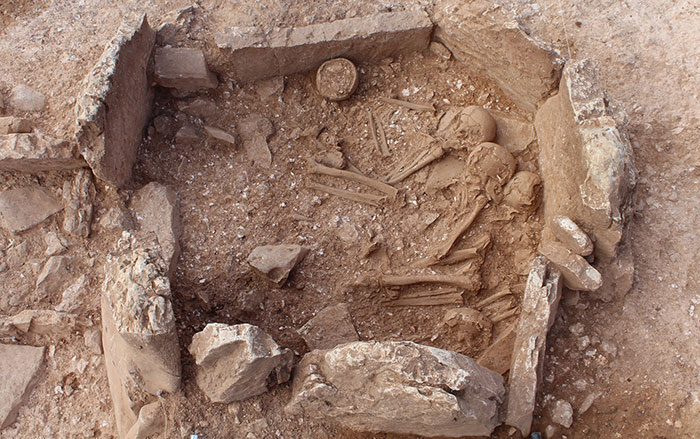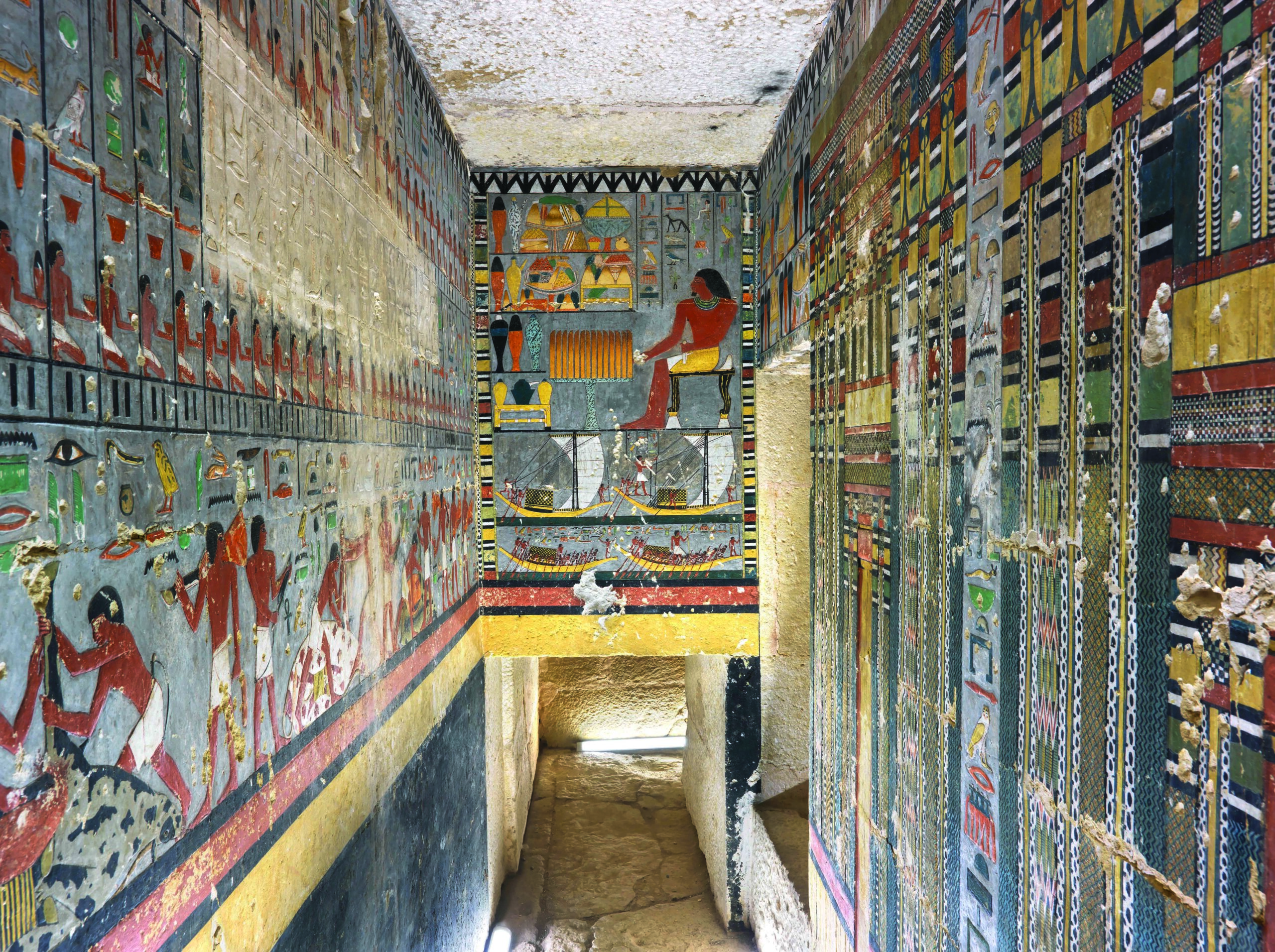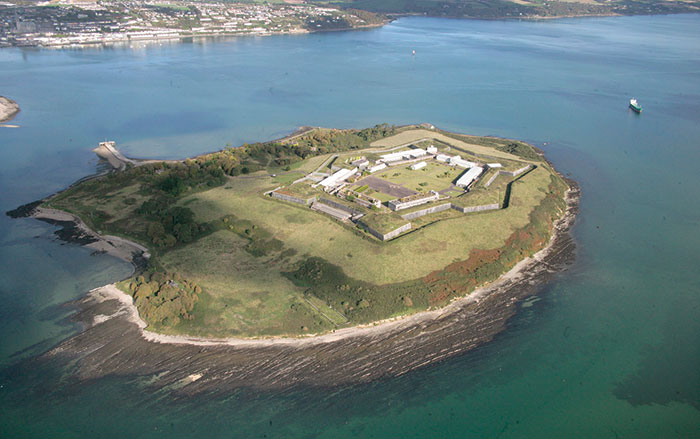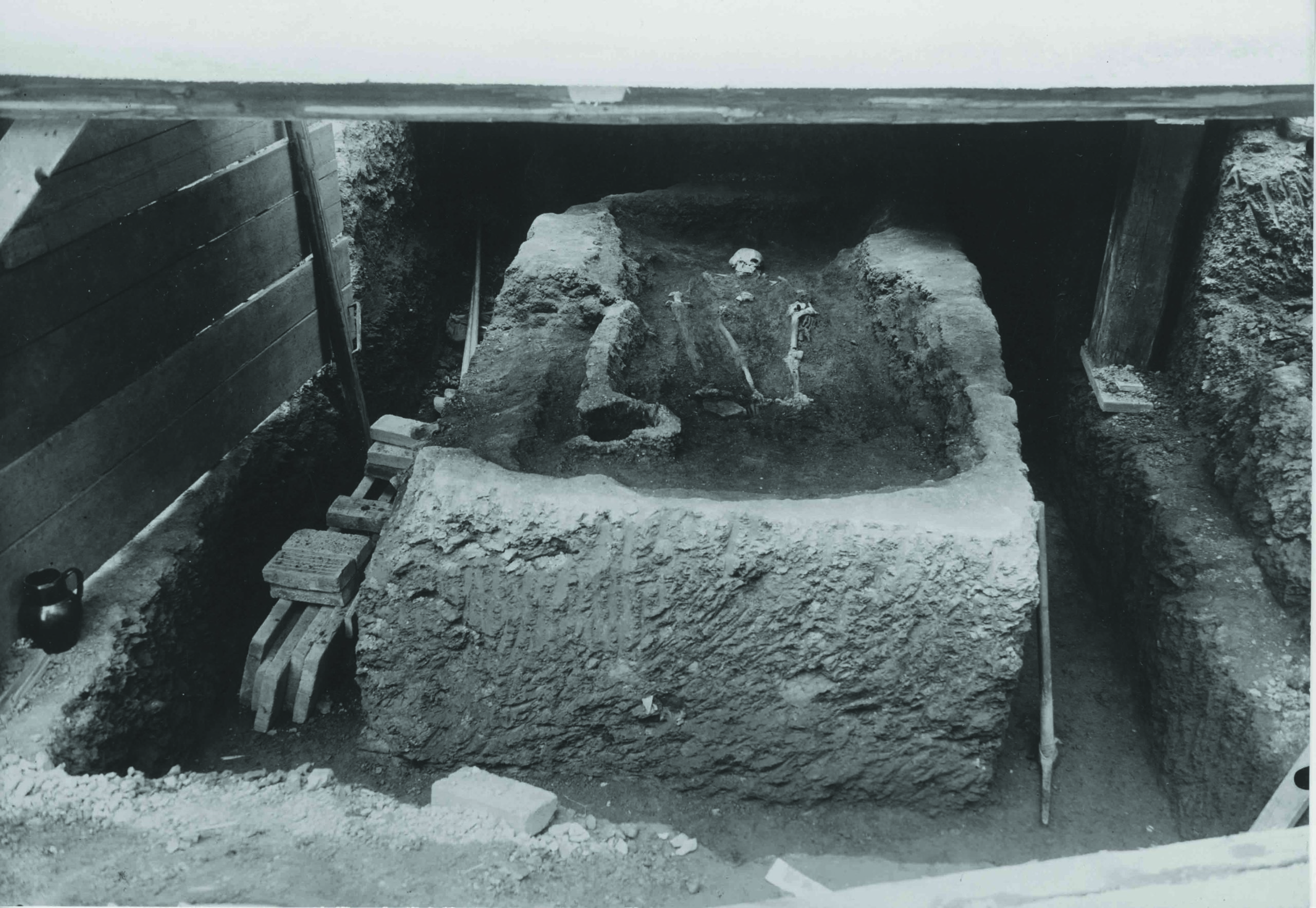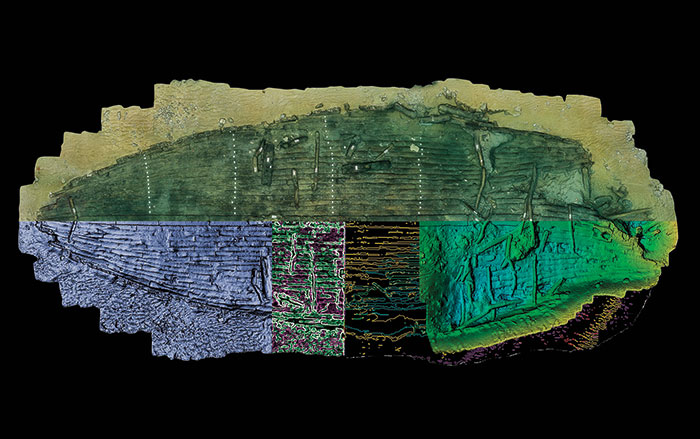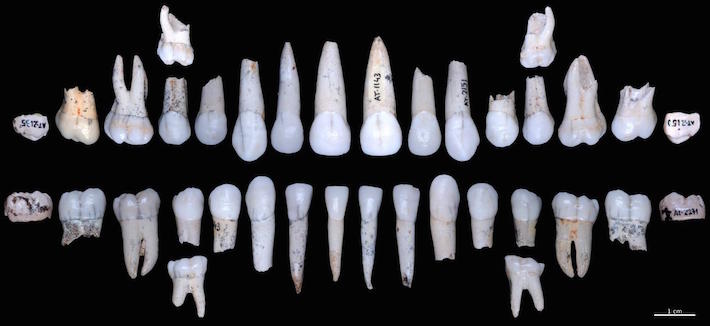
BURGOS, SPAIN—According to a statement released by Spain’s National Center for Research on Human Evolution, paleoanthropologist Mario Modesto-Mata and his colleagues suggest that the hominins who lived in northern Spain’s Sierra de Atapuerca reached adulthood several years earlier than modern humans. The researchers analyzed the hominins’ tooth enamel, which is set down in layers at regular intervals which are specific to each species, after they developed a technique to estimate the amount of tooth enamel lost through wear and tear. Modesto-Mata said the hominins from Sima del Elefante, who lived some 1.2 million years ago; Gran Dolina-TD6, who lived some 850,000 years ago; and Sima de los Huesos, who lived some 430,000 years ago, may have grown up to 25 percent faster than modern humans. Read the original scholarly article about this research in Scientific Reports. To read about the most complete hominin cranium older than 3 million years ago ever discovered, go to "Artifact."


